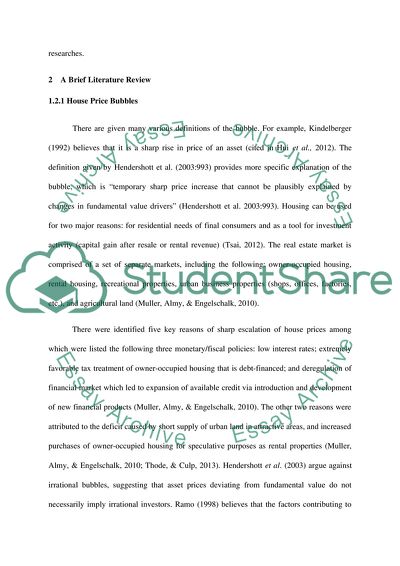Cite this document
(Property bubble in asia - speculative bubble in asian real estate Research Proposal, n.d.)
Property bubble in asia - speculative bubble in asian real estate Research Proposal. https://studentshare.org/macro-microeconomics/1844192-property-bubble-in-asia-speculative-bubble-in-asian-real-estate-market
Property bubble in asia - speculative bubble in asian real estate Research Proposal. https://studentshare.org/macro-microeconomics/1844192-property-bubble-in-asia-speculative-bubble-in-asian-real-estate-market
(Property Bubble in Asia - Speculative Bubble in Asian Real Estate Research Proposal)
Property Bubble in Asia - Speculative Bubble in Asian Real Estate Research Proposal. https://studentshare.org/macro-microeconomics/1844192-property-bubble-in-asia-speculative-bubble-in-asian-real-estate-market.
Property Bubble in Asia - Speculative Bubble in Asian Real Estate Research Proposal. https://studentshare.org/macro-microeconomics/1844192-property-bubble-in-asia-speculative-bubble-in-asian-real-estate-market.
“Property Bubble in Asia - Speculative Bubble in Asian Real Estate Research Proposal”. https://studentshare.org/macro-microeconomics/1844192-property-bubble-in-asia-speculative-bubble-in-asian-real-estate-market.


